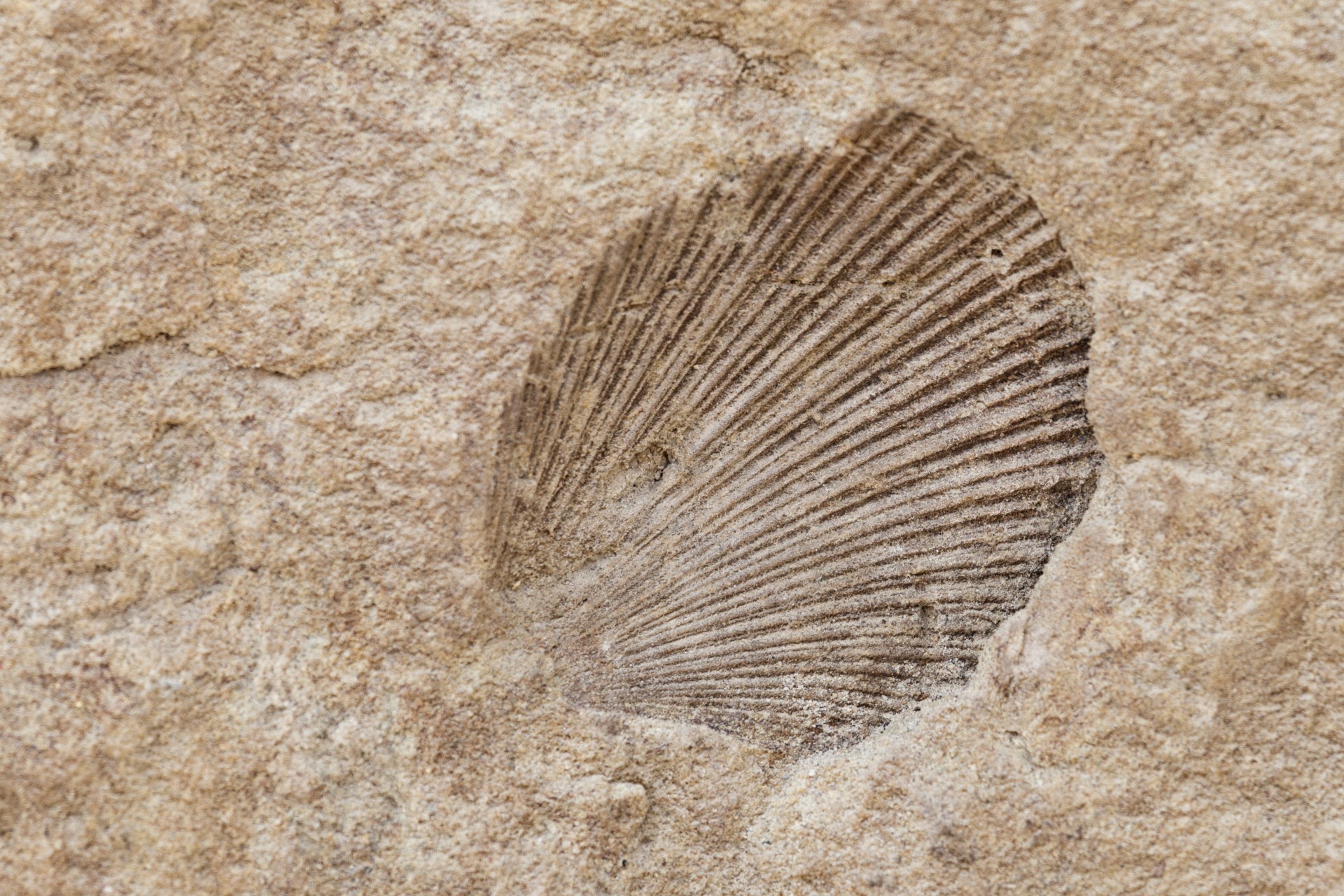CGEE Student Voice
Environmental Studies Field Trip Series
Waste Diversion
by Jenni Abere
This week, my class took our final trip to the Hennepin Energy Recovery Center, a waste-to-energy plant and controversial incinerator, commonly called HERC. After spending some time in the zero waste and environmental justice movements this summer, I had a negative view of HERC. I had seen the higher rates of asthma and respiratory ailments in north Minneapolis, where the wind carries smoke from HERC. I had held the belief that landfilling and incinerating are equally bad, it's just a matter of whether you want to pollute your water or your air.
But, I went into the tour and the presentation ready to keep an open mind.
HERC processes roughly 365,000 tons of waste per year, most of this waste from Minneapolis, and the rest from Suburban areas in the county. In 2015, this constituted about 30% of the total waste produced in Hennepin County. Nearly half of the total waste was recycled. The county aims to increase recycling rates and its new organics composting program in order to reduce the amount of waste that is incinerated. One-third of waste produced in the county is organic waste, so composting has a lot of potential.
Waste-to-energy facilities are preferred by state law over direct landfilling, and there are some comparative benefits:
- Burning reduces the volume of waste by 90%.
- Ash is sent to a landfill for incinerator ash only, which reduces the harm from leachate.
- Landfill gasification is an even less efficient way to produce energy than waste incineration.
- HERC has fewer air emissions than most landfills, since one-third of the facility is devoted to air quality control measures.
Perhaps one of the better arguments for incineration, is that it's a local operation. Landfilling often requires trucking trash to other states or even countries, which obviously has a huge environmental impact. But this means that the environmental and health impacts of incineration are also local.
How HERC Operates
After the waste is dumped on the tipping floor, operators pull out large items that would be harmful if burned, such as large appliances. These are recycled if possible, but otherwise landfilled. Waste is burned to produce steam, and the steam turns turbines to produce energy, like a typical power plant. However, as we learned from talking to the operators, waste is a very unstable fuel. It can be, literally, anything -- and sometimes the material is wet, which of course doesn't burn well. Some WTE facilities grind up the waste first to create a smoother burn, but HERC doesn't do this.
 |
| A truck tipping, and the huge crane carrying waste to the chute that feeds the incinerator. |
HERC produces enough energy for 25,000 homes, and contributes steam heating to Minneapolis buildings. Some excess heat goes to the adjacent lightrail station, to heat the ground so that salting and shoveling is not needed.
As was repeatedly stated during the presentation, one-third of HERC is air quality and pollution control. This includes:
- injecting urea to control NOx
- scrubbers
- a magnet to remove metals from ash (*the metal is then recycled)
- fabric filters to catch fly ash
*The metal that is captured is typically not steel cans, or other easily recyclable metals (aluminum, for instance, burns), but metal that is inside of other things, such as small electronics. Of course, recycling your electronics through a reputable recycler is the best option.
A pie-graph revealed that HERC constitutes 0.2% of county air emissions. (I'm not sure if this is supposed to be a small amount, since none of the comparisons were single operations.)
Thoughts on Waste-to-Energy
Hennepin county certainly doesn't want to incinerate so much waste, and they have done more than a lot of places to reduce waste. Organics composting is a big step in the right direction, and their current recycling rate is quite good.
My main issue with WTE is the green-washing. This is one of the dirtiest and least efficient energy sources, but it too often gets packaged as a renewable energy source. This assumes that egregious amounts of waste have to exist. It almost incentivizes the existence of waste because, hey, we can burn it and get a little bit of energy.
Recycling saves three times more energy than incineration produces, and a lot of compostable waste, such as food waste, is wet and doesn't burn that well anyway.
Our guide at HERC was aware of this problem. They know that a lot of what they're burning could have been recycled or composted or reused. But the interesting part is that they place the responsibility completely on individuals. It was repeatedly said that for HERC to slow or stop its operations, people need to stop throwing away so much stuff.
I definitely think that individual's actions can have a big impact, but after completing this waste audit it's clear that that's only a small piece of the puzzle. Institutional changes will always have broader impacts. At our campus, we saw that people are generally pretty good at putting the right stuff in the recycling bin. But those items typically don't end up being recycled because of institutional policies and workflow problems.
Besides, the consumer doesn't always have a choice in what trash they produce. Most packaging is not designed to be recycled or composted, and there's only so much consumers can do about that. For Hamline students, food options are limited. If you want to eat, you're going to be producing a lot of waste.
I worry that placing the blame on individuals might be missing the point when companies produce so much more waste than an individual ever could. I realized this weekend that even though I always bring a reusable cup to Starbucks, if they don't compost their coffee grounds and recycle their milk cartons, I can't really pretend that I'm reducing waste.
I'm glad that I got to tour this facility that I had previously only heard about in the context of #ShutItDown. I'm now leaning toward the opinion that incineration is preferable to direct landfilling.
However, I still think that WTE represents a harmful way of thinking about waste, because it assumes its existence and it isn't nearly as resourceful as recycling and composting. Burning these materials is a huge waste of resources for a tiny return of energy. In the Twin Cities, local governments including Ramsey County have invested heavily in Waste to Energy facilities: money that may be better spent on clean renewable energy or recycling and composting efforts.
There's no easy solution to the problem of waste (or energy for that matter), but large scale incineration is not part of a sustainable future.


















